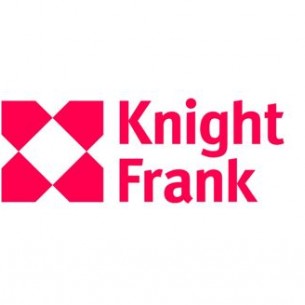Relations presse immobilier
Contact médias : Carol Galivel - 01 41 05 02 02
Coworking in Ile-de-France (Paris Region)
With the rise in the number of self-employed, the rapid development of online work and telecommuting, and the desire of younger workers for mobility and independence, coworking meets numerous needs created by the transformation of ways of working, and by strategies of companies in search of greater flexibility. This phenomenon has been expanding rapidly since 2015 in the office property market. Knight Frank reviews the situation in Ile-de-France.
A phenomenon expanding rapidly in Ile-de-France
Take-up in Ile-de-France exploded in 2016, with volume of nearly 40,000 m². This more than doubled in 2017, to over 90,000 m², a trend which spilled over into 2018. By the end of the third quarter, coworking accounted for more than 100,000 m².
The increase in volume is attributable to a strong rise in the number of transactions, which quadrupled between 2015 and 2018. It is also the consequence of a net increase in the average transaction, which grew from 1,500 m² in 2015 to currently more than 4,000 m² thanks to a rise in the number of new leases for spaces of 5,000–10,000 m². In 2018, WeWork focused exclusively on deals for surfaces of this size, with new sites on rue Jules Lefebvre (9th), avenue de France (13th) and boulevard de Grenelle (15th). These transactions give WeWork more than 100,000 m² of office space in Paris, a modest level compared to the more than 250,000 m² in London, and especially to the 640,000 m² in New York.
The central business district in Paris: the heart of business, but so much more
Since 2015, Paris has accounted for 71% of coworking lettings in Ile-de-France, dominated (39%) by the central business district. This geographical concentration reflects the economic importance of the Paris region’s largest tertiary zone. Other neighbourhoods of inner Paris are also on the move. WeWork took out its first leases on the Left Bank in 2018.
Outside of Paris, coworking growth is still concentrated in the largest tertiary zones. For example, La Défense and the western crescent (Neuilly-sur-Seine, etc.) have accounted for 24% of all coworking leases in Ile-de-France since 2015. Transactions in the inner and outer suburbs remain less common, accounting for only 6% of the total – a modest share, though future development of suburban train stations for the Grand Paris Express could raise this figure in the years to come.
What next?
The ongoing growth of coworking is due largely to the increasing need of large companies for what coworking provides: greater flexibility and the possibility of organising workers for specific projects. It also creates a context of synergies for startups. There is diversification in the development of various forms coworking, such as new spaces (train stations, airports, shopping centres, restaurants, etc.) able to harness worker flow. Coworking developers make their mark by fitting out spaces, developing innovative services and adapting concepts to meet various worker profiles. Large property-investment firms are increasingly active in this market segment, with integrated coworking offers such as Secondesk by Gecina and Wellio by Covivio. In short, the movement is far from over!



